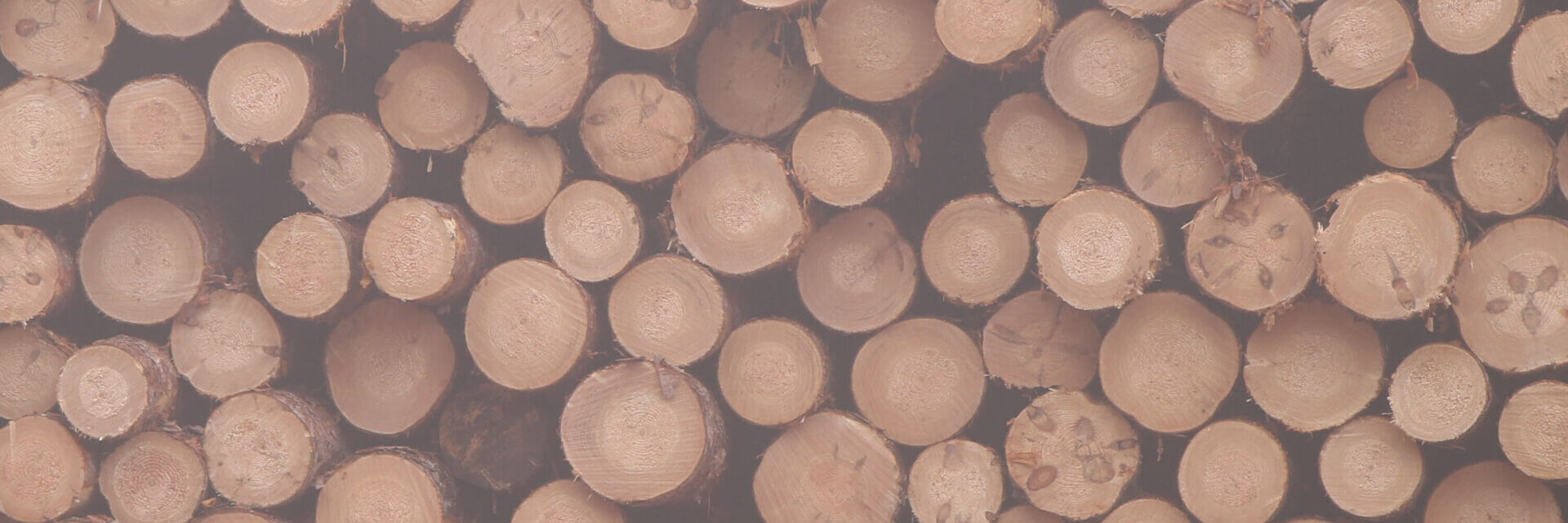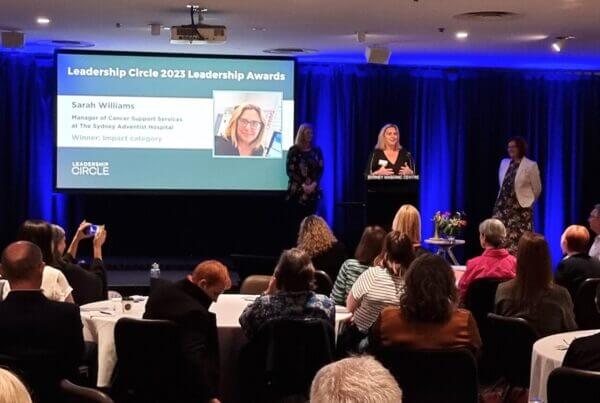Leadership Resilience-Step One
By Dave Schrader, Full Circle Group and The Leadership Circle Partner
“I pin my hopes to quiet processes and small circles, in which vital and transforming events take place.”
-Rufus Jones
In the busyness and pressure of leading and working on any organizational transformation, it is a severe temptation for us to fill our schedules to the brink of overflowing. Remember the early video game called Tetris? The goal there was to slot every odd-shaped block into an available space that could accommodate it. You won when there were no empty spaces left.
No spaces left. This was considered success.
We’ve trained ourselves to do this with our schedules as well: day-in and day-out, our habit is to say “yes” too often to requests for our time, our presence, our advice, and our approval. Truth be told, there have been some times in my career when I consciously over-booked my calendar like the airlines over-book flights, on the gamble that some commitments would fall away and it’d all work out (meaning, from the point of view of my Complying Reactive Tendency, that no one will be disappointed with me or forget about me).
This is especially true in the midst of intense organization and cultural change if we have truly committed to lead our organizations toward a more agile future. Initially, as we transition from one way of leading to the other, we may be doing double-duty. We’ll have one foot in the traditional way of operating and one foot in a more agile operating and performing model. This mixed perspective is by nature hard to maintain and costs us energy and focus, but it seems to be a necessary step in the journey from Reactive to Creative.
Given this, our need for resilience rises. The only way not to end up burned-out, impatient with ourselves and others, and even a bit cynical, is to adopt personal practices that help us stay grounded and clear about the deeper truth of who we are and why we’re here.
There are several practices that, in our research, effective leaders adopt which enable them to maintain their health and strength in the midst of change. These are of no surprise: they typically include daily or weekly journaling, meditation, exercise routines, healthy eating, time to sleep well, and taking time for social connections. All of these lay the foundation for consciously setting, and resetting, their intention to be in a Creative mindset rather than a Reactive one.
Underneath all these practices is a requirement of some margin of available time. If we’ve packed our schedules so densely that there is no available space for even a bare minimum of reflection and restoration, we can only give lip service to the idea of resilience, and we’re on a path to a slow burnout that leaves us going through the motions in our work and personal lives. Our internal batteries run down and our ability to lead well suffers.
The good news is that building a practice into your life takes less time than you might imagine. A little reflection, a little meditation, a little peace, and quiet sincerely pursued goes a long way to renew and restore us.
Below is a poem that I’ve read at Leadership Circle Profile Certifications (and had many requests for copies of) by Judy Brown, entitled “Fire.” It requires no explanation. Perhaps a bit of encouragement is in order though…consider taking this poem and finding a quiet place to sit where you won’t be interrupted. Read through it slowly, several times. Let it speak to you in whatever way you need to hear it. Listen to what your heart, your mind, and your body are asking you to take seriously.
What space do you need to create in your life to be more fully present and rested?
Fire
What makes a fire burn
is space between the logs,
a breathing space.
Too much of a good thing,
too many logs
packed in too tight
can douse the flames
almost as surely
as a pail of water would.
So building fires
requires attention
to the spaces in between,
as much as to the wood.
When we are able to build
open spaces
in the same way
we have learned
to pile on the logs,
then we can come to see how
it is fuel, and absence of the fuel
together, that make fire possible
We only need to lay a log
lightly from time to time.
A fire
grows
simply because the space is there,
with openings
in which the flame
that knows just how it wants to burn
can find its way.
Judy Brown, Teaching with Fire
 Dave Schrader, Partner of the Full Circle Group and The Leadership Circle is a seasoned leadership advisor with over 30 years of experience supporting senior and mid-level leaders as they increase the quality of their engagement where it counts the most for strategic success. He has an extensive background guiding wilderness expeditions as a crucible for developing high-potential leaders. He has his Ph.D. in Organizational Behavior from The Weatherhead School of Management at Case Western Reserve University; a Master’s Degree in Experiential Education from the University of Akron; and a Bachelor’s Degree in Management from Pennsylvania State University.
Dave Schrader, Partner of the Full Circle Group and The Leadership Circle is a seasoned leadership advisor with over 30 years of experience supporting senior and mid-level leaders as they increase the quality of their engagement where it counts the most for strategic success. He has an extensive background guiding wilderness expeditions as a crucible for developing high-potential leaders. He has his Ph.D. in Organizational Behavior from The Weatherhead School of Management at Case Western Reserve University; a Master’s Degree in Experiential Education from the University of Akron; and a Bachelor’s Degree in Management from Pennsylvania State University.




